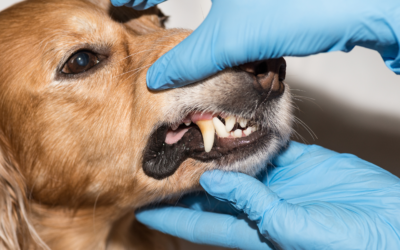The grain-free diet for dogs has become a popular choice among pet owners seeking to provide their furry friends with nutrition that mirrors their ancestral diet. This diet excludes common grains such as wheat, corn, and rice, opting instead for alternative carbohydrate sources like sweet potatoes and peas. While the benefits of a grain-free diet can be significant, it’s essential to weigh the pros and cons and consider the scientific evidence before making a dietary change for your dog.

Pros of a Grain-Free Diet for Dogs
- Enhanced Energy Levels: Dogs may find grains difficult to digest, leading to lethargy. A grain-free diet can help dogs utilize energy more efficiently, contributing to higher activity levels[1].
- Allergy Management: Grains are a common allergen for dogs. Eliminating grains from the diet can reduce allergic reactions, improving skin health and reducing itchiness[1].
- Improved Coat and Skin Health: Grain-free diets, often rich in omega fatty acids, can lead to a glossier coat and healthier skin, enhancing your dog’s overall appearance and comfort[1].
- Better Digestive Health: Many dogs experience improved digestion on a grain-free diet, which can be particularly beneficial for those with grain sensitivities[1].
- Weight Management: High in protein and low in unnecessary fillers, grain-free diets can help maintain a healthy weight for your dog, reducing the risk of obesity-related health issues[1].
Cons of a Grain-Free Diet for Dogs
- Nutritional Imbalances: Some grain-free diets may lack certain essential nutrients found in grains, potentially leading to nutritional deficiencies if not properly balanced[2].
- Risk of Heart Disease: Recent studies have raised concerns about a potential link between grain-free diets and dilated cardiomyopathy (DCM), a type of heart disease, in dogs[3][4].
- Higher Cost: Grain-free dog foods often come with a higher price tag due to the use of more expensive ingredients like meat and alternative carbohydrates[2].
The Science Behind Grain-Free Diets
Scientific evidence on the benefits and risks of grain-free diets for dogs is still evolving. While some studies suggest that grain-free diets can benefit dogs with specific allergies or sensitivities, other research points to potential health risks, such as an increased risk of DCM[3][4]. It’s crucial to consider these studies and consult with a veterinarian to make an informed decision based on your dog’s health and dietary needs.
Making the Right Choice for Your Dog
Before transitioning your dog to a grain-free diet, it’s important to evaluate their individual health and dietary requirements. Consulting with a veterinarian can provide valuable insights and guidance. If you decide to switch to a grain-free diet, doing so gradually is essential to avoid digestive upset[5].
Conclusion
A grain-free diet for dogs can offer numerous health benefits, particularly for those with specific dietary sensitivities. However, it’s important to approach this dietary change with caution, considering both the pros and cons and the latest scientific evidence. Consulting with a veterinarian will ensure that your dog’s nutritional needs are met while minimizing potential risks.




